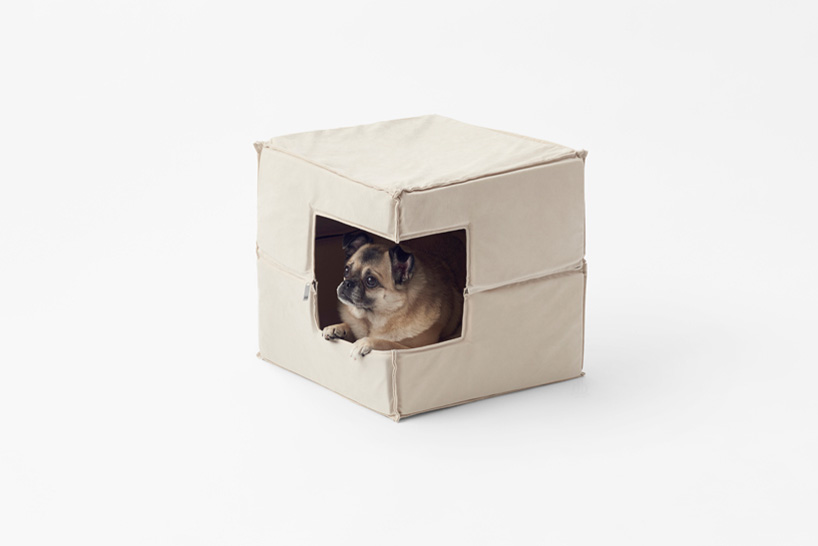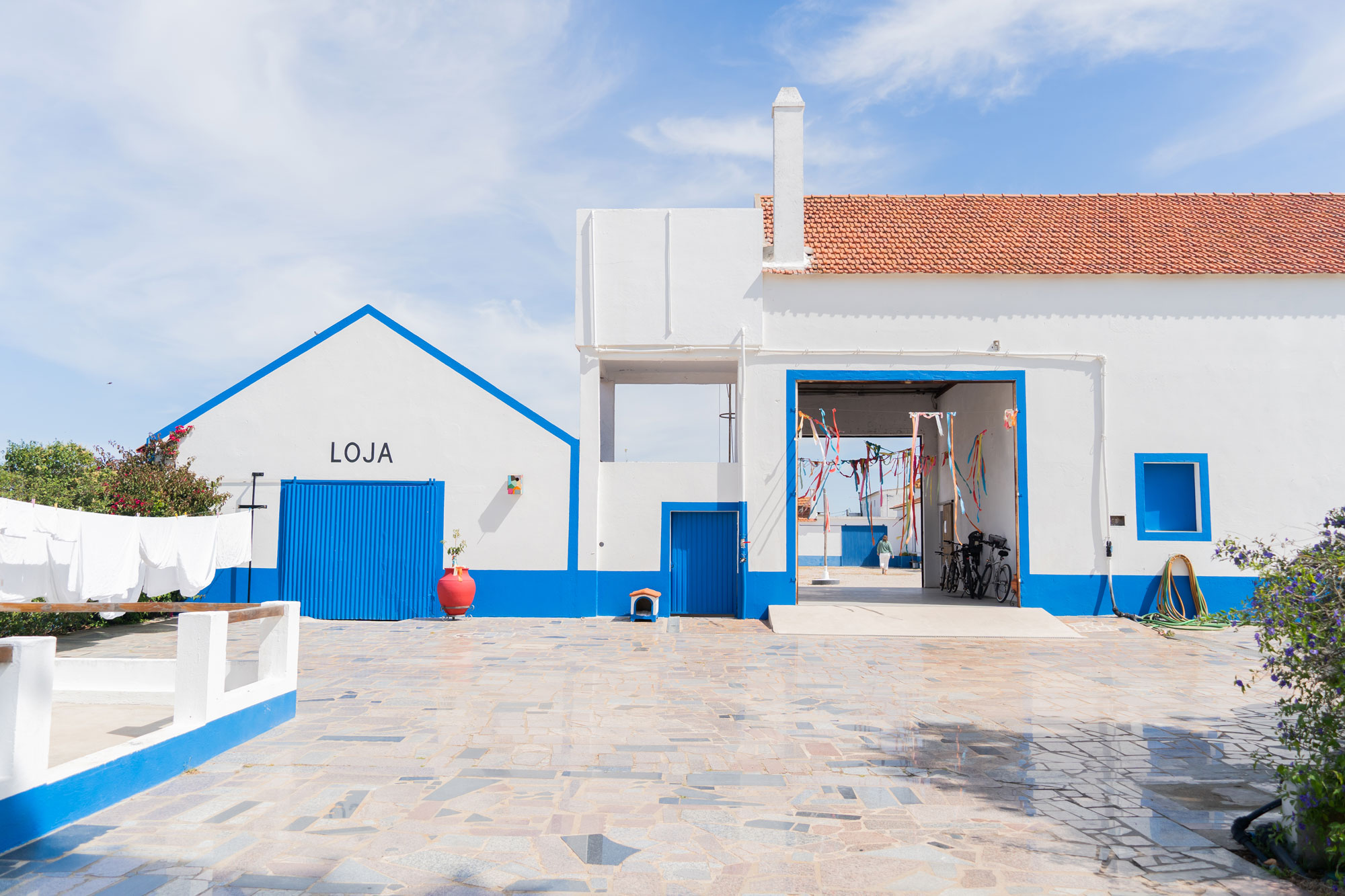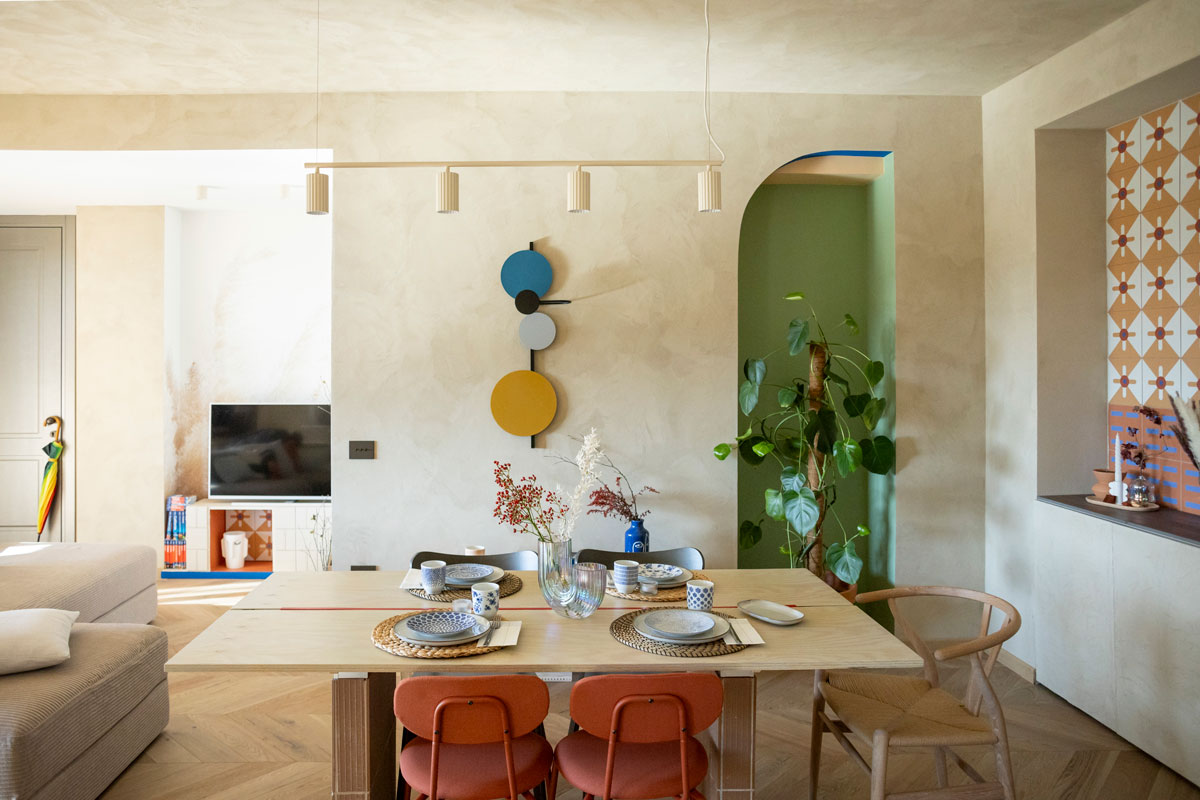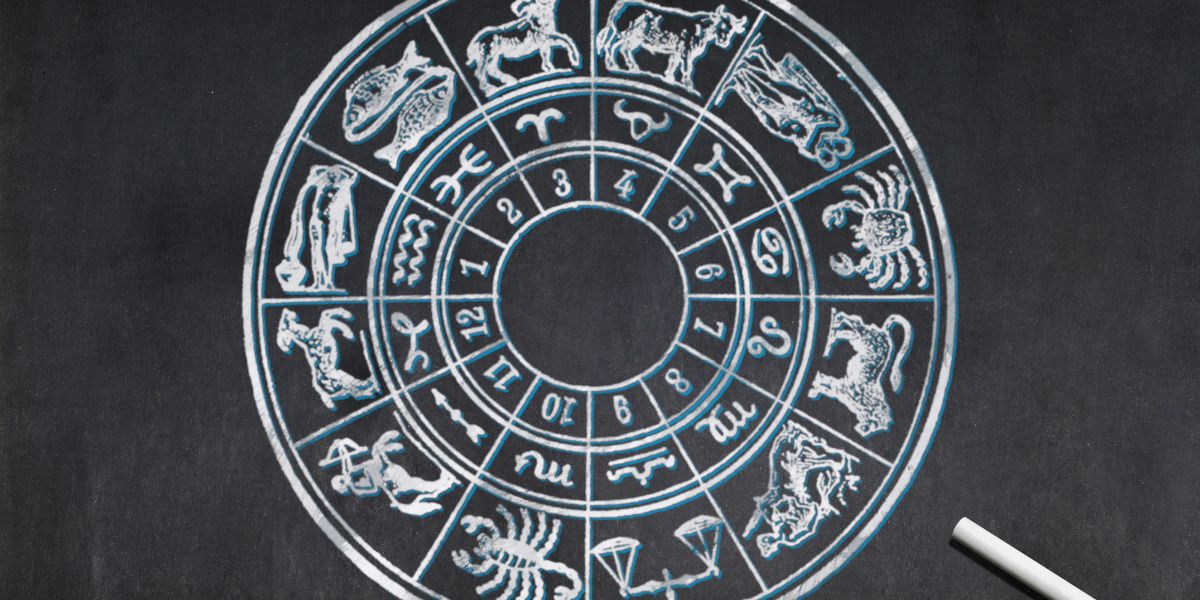In this interview to Oki Sato of studio Nendo during Milan Design Week, the Japanese designer tells us about the 50 Manga Chairs project, his life in Milan and his studio in Japan
–
One of the best experiences of this Milan Design Week 2016? An interview to Oki Sato, founder of Nendo studio.
It was more an informal chat with the Japanese designer, I would say. The location was the last Milan Design Week, in the cloister in the heart of Milan (San Simpliciano Basilica) that Nendo transformed with his 50 Manga Chairs. Lit by an amazing sun on last Friday morning.
It’s easy now to say “Nendo is my favorite designer“: this man (I would say this boy, as it was born in 1977!) designed almost everything and for years he is one of the main protagonists of Milan Design Week with his products and installations. But if I tell you that in my bookcase I have one of his earliest collections of projects, bought almost ten (maybe? less?) years ago once back from an inspiring travel in Tokyo…well maybe you’ll understand better what I mean.
I must confess: before the interview, I had that kind of anxiety that reminded me of university exams, however.
Don’t know if I’m more impressed by the number of concepts and designs created by this brilliant mind, or by his kindness. And he’s exactly as kind and polite as I imagined: couldn’t be different, from someone whose signature is a smile?
On the background, his 50 manga chairs I was so curious about before coming in Milan. An impressive visual story that matches two different worlds, the one of product design and the Japanese manga one, with each chair representing a different emotion or a movement.
Enjoy my Nendo interview 🙂
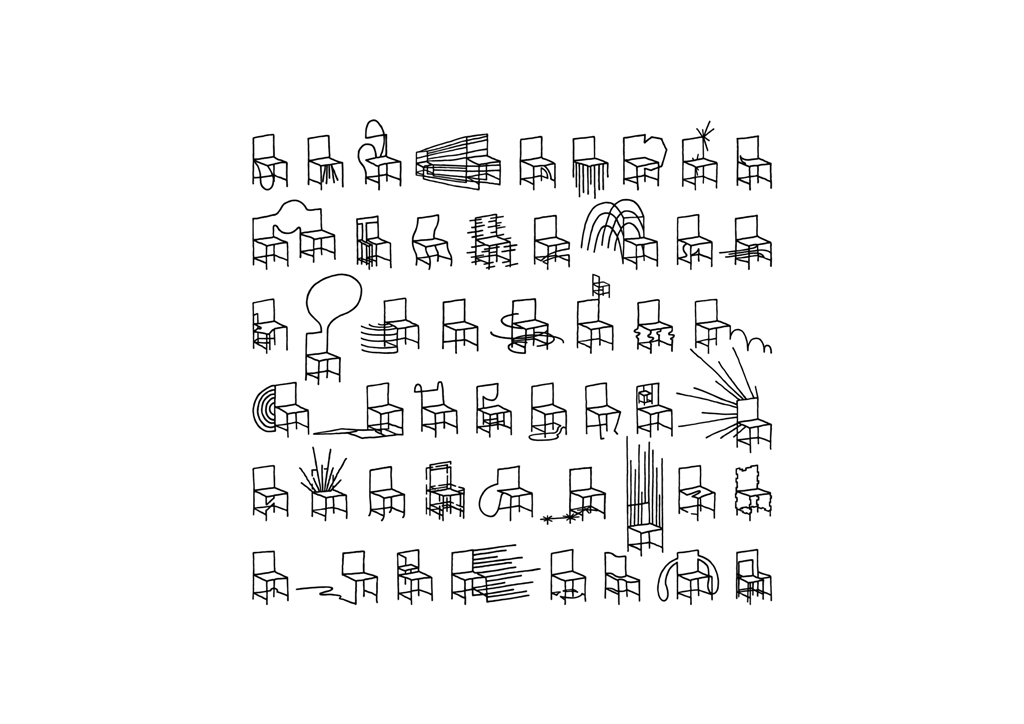
Ecco. Ora lo posso dire: venerdì zitta zitta ho iniziato la giornata intervistando Oki Sato, fondatore dello studio Nendo.
In un chiostro nel pieno centro di Milano (Basilica di San Simpliciano) illuminato da un sole incredibile, ancora più forte di riflesso sull’installazione 50 Manga Chairs che ha occupato il cortile durante la settimana del design Milanese.
Si fa presto oggi a dire “é il mio designer preferito“: quest’uomo (anzi direi ragazzo, classe 1977!) ha disegnato ormai praticamente qualsiasi cosa, e da anni é uno dei maggiori protagonisti delle Design Week milanesi. Ma se vi dico che ho nella libreria una delle sue primissime raccolte di progetti, acquistata negli anni dell’università di ritorno da un viaggio illuminante a Tokyo…forse l’affermazione assume un sapore diverso.
Io avevo un’ansia che mi ha riportato indietro di una decina d’anni agli esami universitari, comunque.
Non so se mi colpisca di più il numero di progetti all’attivo, a mio avviso uno più bello dell’altro. O il fatto che si tratti di una persona gentilissima. E io me lo immaginavo proprio così, pacato e cordiale: e non poteva essere diversamente, da un designer che si firma con uno smile e che fotografa il proprio cane nelle sue ultime creazioni (un cane carino ma un po’ ciccione…si l’ho ha detto lui eh).
In realtà si è trattata più che altro di una chiacchierata: volevo sapere qualcosa in più sulla vita in generale di un designer di questo calibro.
Il contesto è proprio l’installazione 50 manga chairs: un racconto visuale che per la prima volta accosta due mondi completamente diversi, quello del design del prodotto a quello del manga giapponese. Ogni sedia rappresenta proprio un movimento, un’espressione o un movimento diverso, grazie ad elementi iconici presi in prestito dal mondo del fumetto giapponese.
Eccovi la mia intervista 🙂
.

::
ITALIANBARK interviews Oki Sato of studio Nendo | Milan Design Week
ITALIANBARK: 50 Manga Chairs, what’s the story behind the installation?
OKI SATO of NENDO: Whenever I was a small child, I liked reading manga books, and my mother was angry at me, while going to the museums my mother was happy with it. So I start thinking, what it the difference between going to museums and reading manga? Then, I really didn’t understand the difference and that fact was in my head for quite a long time.
Quite recently I did a little bit of research about manga and learnt that it’s deeply rooted with japanese culture, and I started thinking can we use the tecniques used in manga for funinture and objects? It’s a way of expressing feelings and emotions and movements…
OKI SATO of NENDO: Sin da bambino, mi divertivo a leggere fumetti manga, e mia madre si arrabbiava, mentre se andavamo nei musei lei era felice. Ho iniziato a pensare a quale fosse la differenza tra andare al museo e leggere fumetti manga, allora davvero non ne non capivo la differenza e questa cosa mi restò in testa per un bel po’ di tempo.
Di recente ho approfondito il tema e scoperto che quella dei manga è una cultura davvero radicata nella storia giapponese, e ho iniziato a pensare a come poter utilizzare le tecniche manga nell’ambito del design d’arredo e di oggetti, come mezzo di rappresentazione di emozioni e movimenti…
.
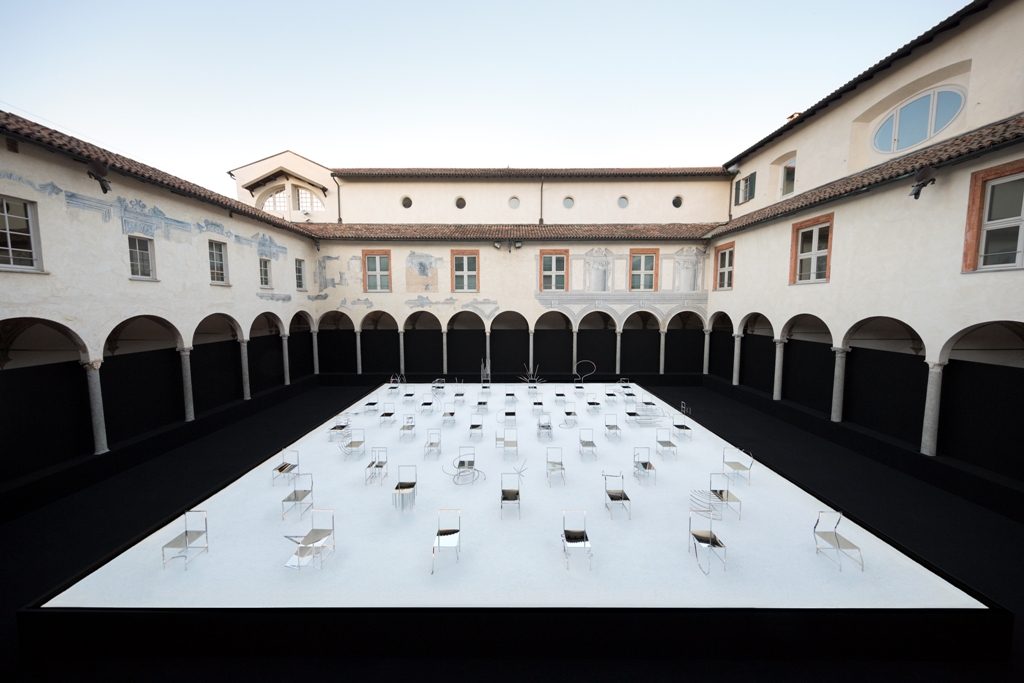
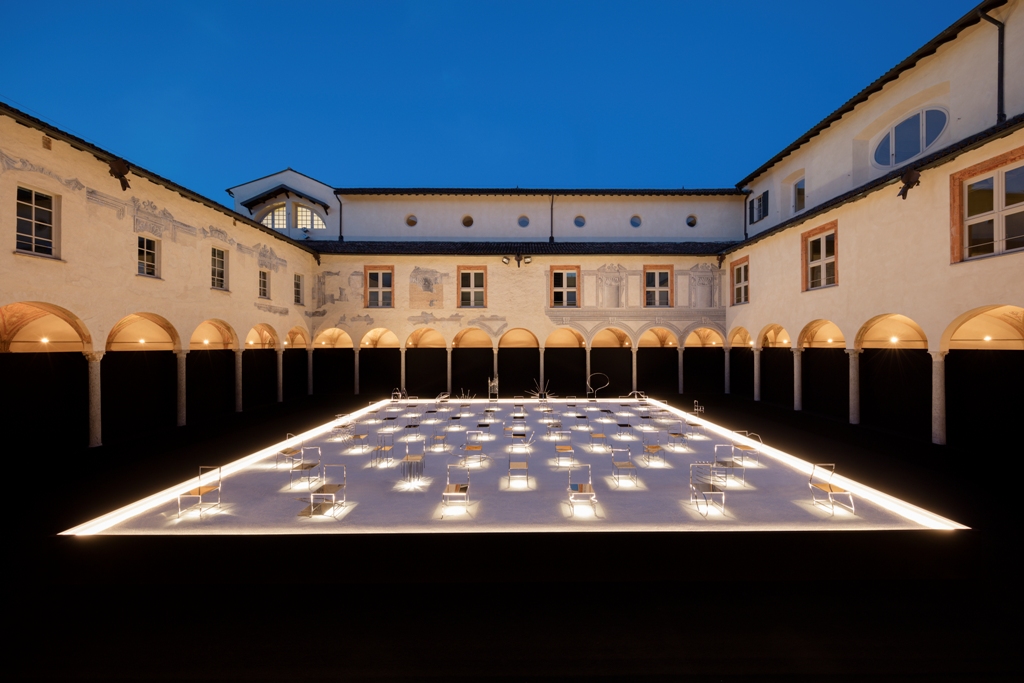
[50 Manga Chairs – Photographer : Takumi Ota]
::
ITALIANBARK: 50 Manga Chairs: does the installation follow a direction?
OKI SATO of NENDO: Thats’ an interesting question. I tried not to make a story, I tried to make it as random as possible so that when people start looking at it, they can make their own stories.
OKI SATO of NENDO: Domanda interessante. No, non ho voluto raccontare una storia secondo una direzione specifica, piuttosto ho cercato di creare l’installazione nel modo più casuale possibile, in modo che ognuno guardandola possa ricreare la propria storia.
.
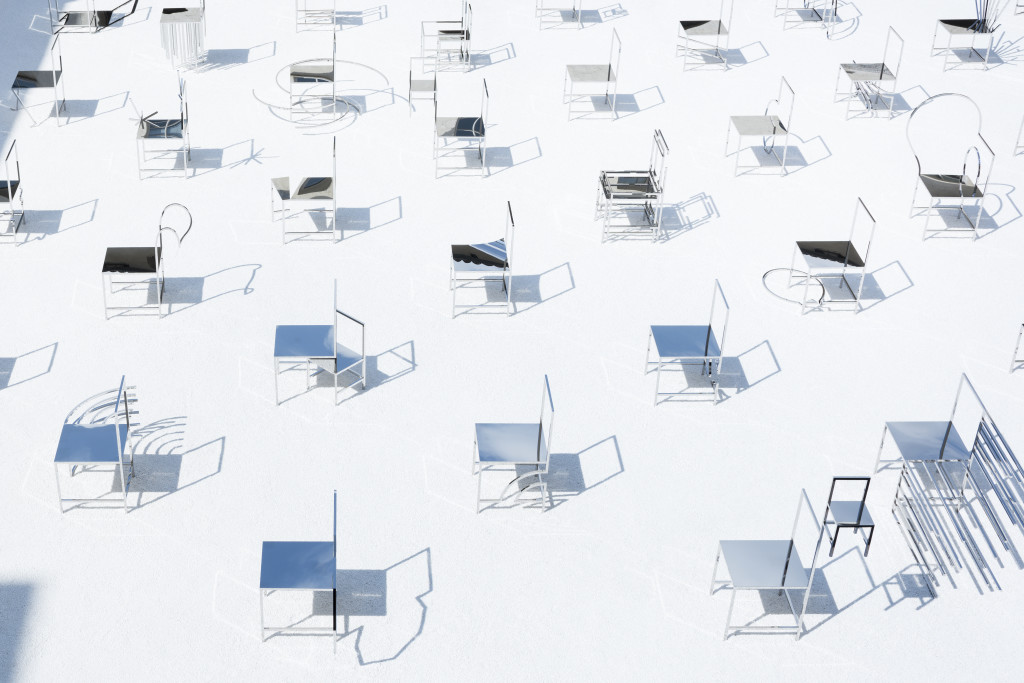

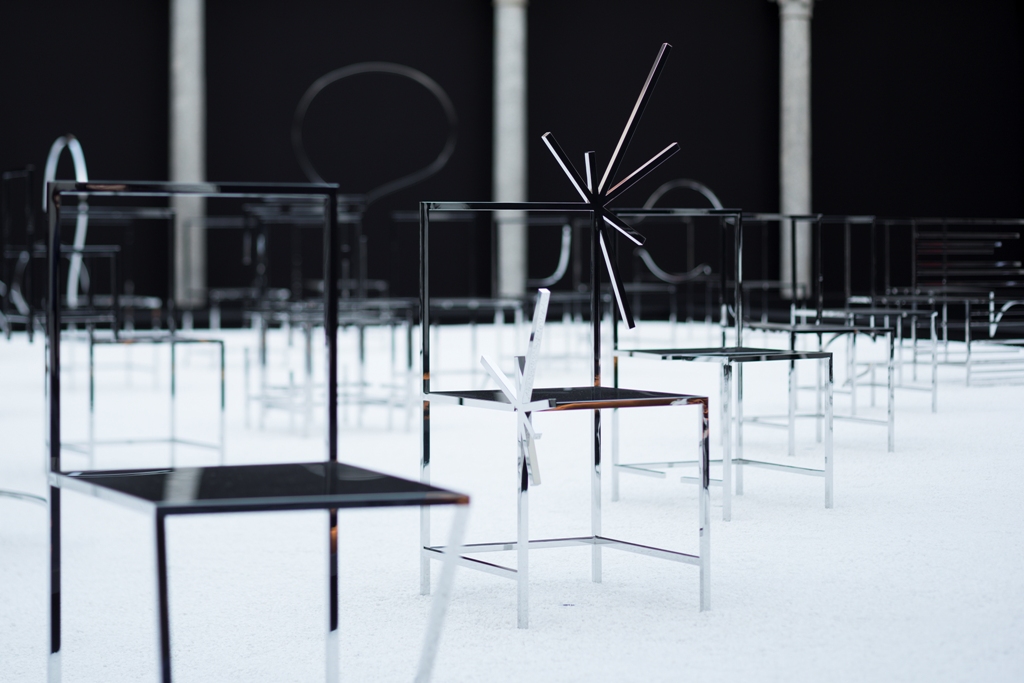
[50 Manga Chairs – Photographer : Takumi Ota]
::
ITALIANBARK: Tell us about an object or a space you haven’t designed yet
OKI SATO of NENDO: Maybe hotels, I’ve never done hotels. They would be nice because there’s a bar inside, the restaurant, a living, a dining, a bedroom, there’s everything that you need in life and it would be so nice if I could design the space, the furniture, and even the small objects.
OKI SATO of NENDO: Forse un hotel, in realtà non ho mai progettato hotel. Sarebbe interessante perché all’interno di un hotel ci sono un bar, un ristorante, una zona living, da pranzo, la camera, ovvero c’é tutto quello di cui si ha bisogno nella vita, sarebbe bello poterne disegnare lo spazio, gli arredi, fino agli oggetti più piccoli.
::
ITALIANBARK: The interior space that has been more difficult/challeging to design
OKI SATO of NENDO: Every time there’s a big challenge, every time time there’s a big problem then you have to solve it. It’s a difficult question!
OKI SATO of NENDO: Ogni volta è una grande sfida, ogni volta c’è un grande problema da risolvere. E’ una domanda difficile questa!
.
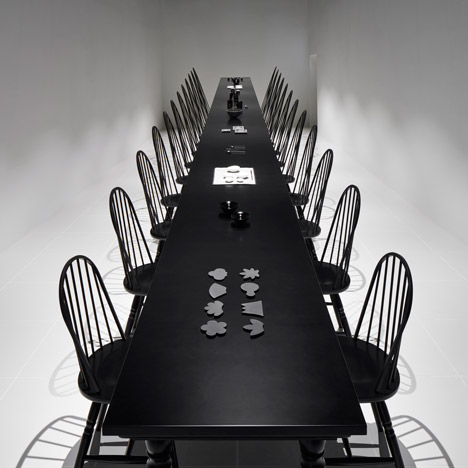
[Japan pavillion, Expo Milan ]
::
ITALIANBARK: I’m very curious about your home in Tokyo: do you live in an apartment, in an house, how it is?
OKI SATO of NENDO: I live in an apartment but there’s nothing inside it basically. It’s very very minimal, it’s like a gallery: there’s a bed, my dog, a table.
[italianbark: is it the dog we see in the pictures?] [laughh] OKI SATO of NENDO: yes it is, is a half pug chiwawa
[italianbark: he is very cute] He’s cute but very fat as well [laughh]
OKI SATO of NENDO: Vivo in un appartamento, e in pratica dentro non c’è nulla. E’ molto minimale, sembra una galleria d’arte: c’é un letto, il mio cane, un tavolo.
[italianbark: é il cane che vediamo nelle varie foto?] [ride] OKI SATO of NENDO: sì é lui, é un incrocio tra un carlino e un chiwawa
[italianbark: é tanto carino] Sì é tanto carino ma anche tanto grasso [ride]
.
[this is the dog]
::
ITALIANBARK: Something about your office in Tokyo, how many people do you work with, age, ..?
OKI SATO of NENDO: At the moment roughly 25 designers and 4/5 management stuff, besides that we are making a new company for interiors and architecture, there’s 13 designers.
[italianbark: are they young designers? ] I would say so, I’m the oldest one, I think the average would be 25-26 years old.
OKI SATO of NENDO: Al momento di lavorano circa 25 designer e 4/5 membri dello staff, oltre a questo stiamo creando anche un ufficio appositamente per l’interior e l’architettura, al momento con 13 designers.
[italianbark: si tratta di giovani designer?] Direi di sì, visto che io sono il più vecchio, credo che l’età media sia di 25-26 anni.
::
ITALIANBARK: How do you choose the collaborators? I mean, if there’s a young designer that whould like to work with you?
OKI SATO of NENDO: Usually we do something like a trial: we have him working in the studio for -it depends- 2/3 months and I work on a project with him, and if we are both comfortable that’s it, so it’s very simple.
OKI SATO of NENDO: In genere facciamo un periodo di prova: dipende, in genere 2-3 mesi in cui io lavoro insieme a lui su un progetto, e se ci si trova entrambi bene, poi si continua la collaborazione.
.
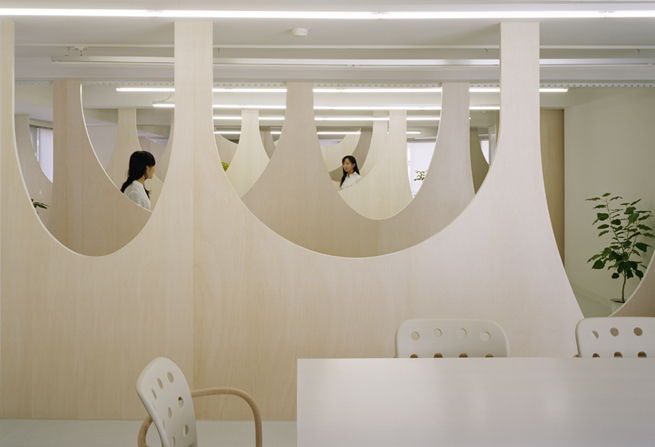
::
ITALIANBARK: You have an office here in Milan: so the main difference between working in Tokyo and in Milan?
OKI SATO of NENDO: There are two designers here in Milan that I would visit about one week a month and the difference I guess the scale, in Milan it’s much more smaller, relaxed, and I have the chance to meet all my European clients, in Tokyo instead it’s very crowdy, everything very rapid, I would say the time is really different.
[italianbark: how long are you staying here in Milan? ] Monday morning, I’ve been here for the set up so it’s actually two weeks.
OKI SATO of NENDO: Ci sono solo due designer nell’ufficio di Milano, che io visito per circa una settimana al mese e direi che la differenza tra milano e Tokyo é una questione di scala. Milano é più piccola, rilassata, qui ho la possibilità di incontrare i miei clienti europei, mentre a Tokyo é tutto molto affollato e veloce, si direi che anche la percezione del tempo é diversa.
[italianbark: Quanto tempo starai qui a Milano? ] Fino a lunedì mattina, ci sono stato anche per l’allestimento quindi questa é la seconda settimana.
.
[images by Nora – Design Outfit]
::
more from STUDIO NENDO | at Milan Design Week

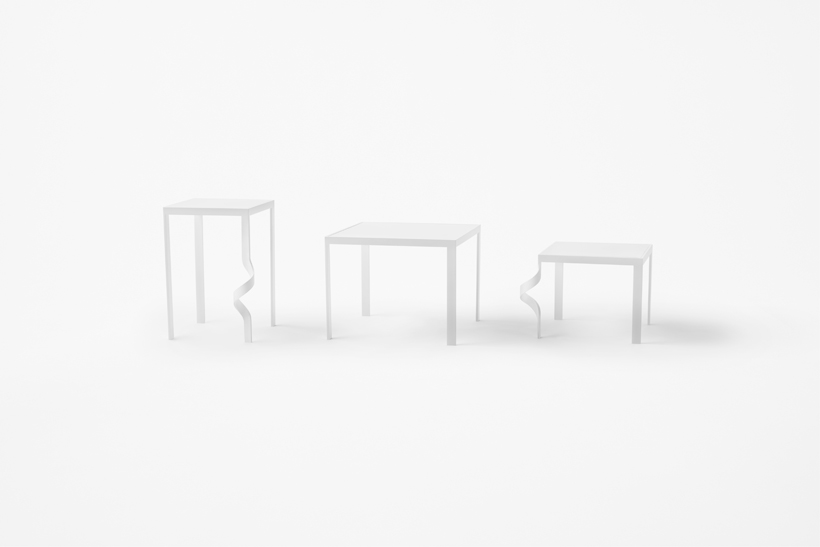
Tangle table for Cappellini – Photographer : Akihiro Yoshida

H Rocking Horse for Kartell – Photographer : Akihiro Yoshida
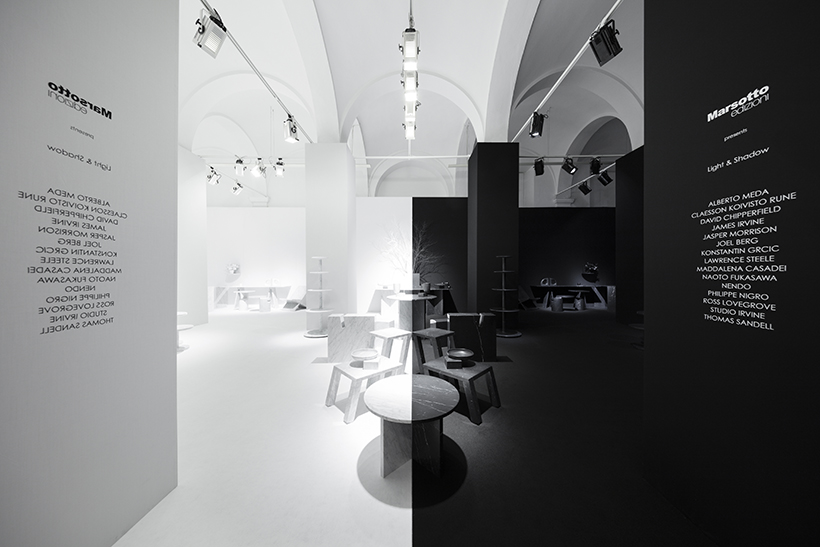
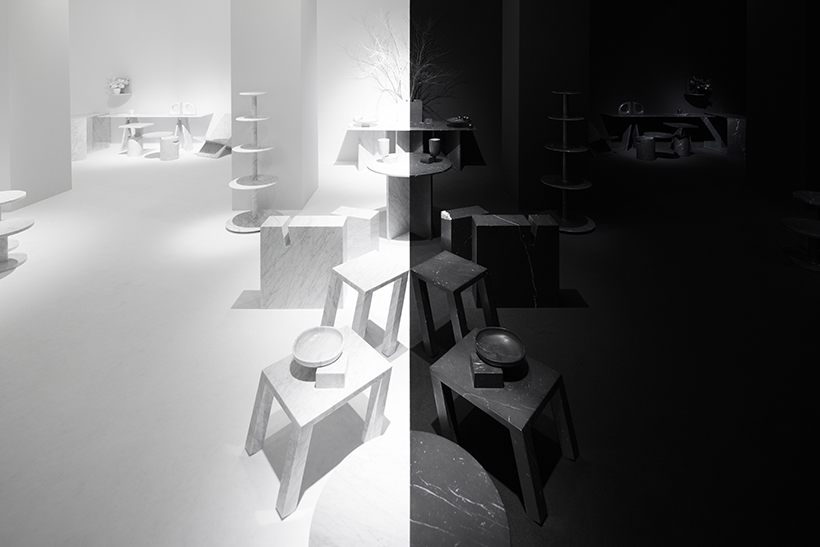
‘Light & Shadow’ Marsotto Edizioni at Spazio Bigli – Photographer : Takumi Ota

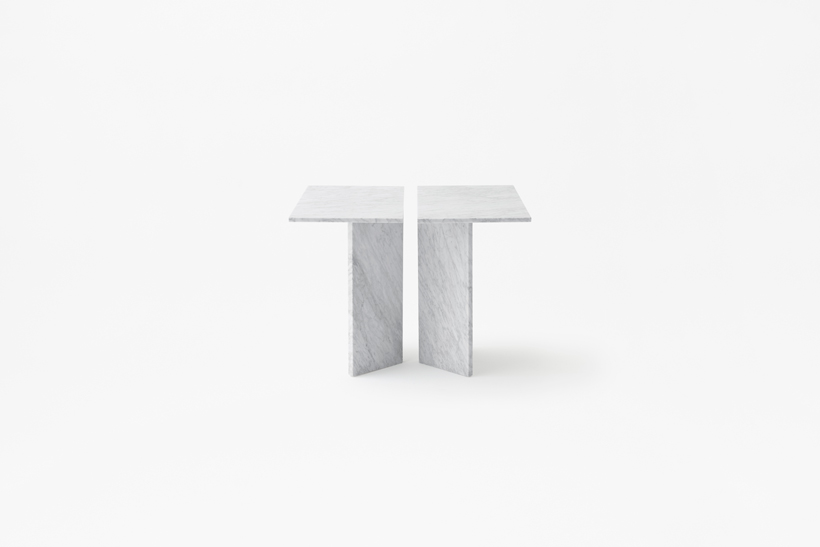
Sway + Split, Marsotto Edizioni – Photographer : Akihiro Yoshida

Sag, MDF Italia –

Mogura, De Padova
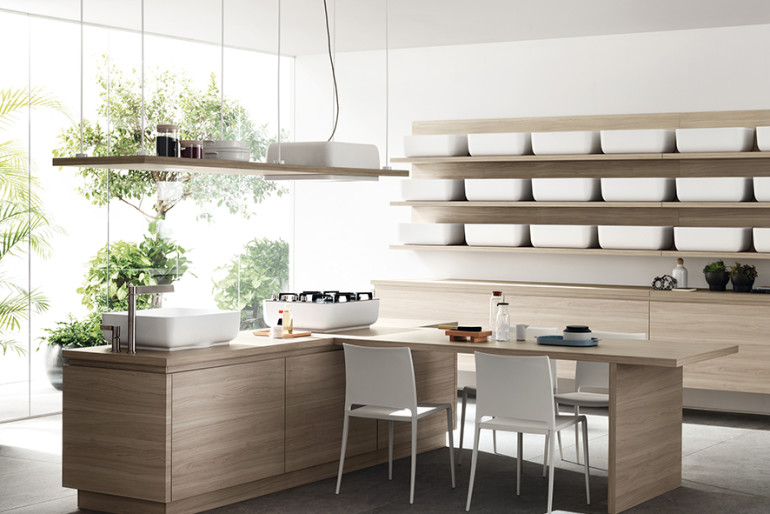
Ki collection, Scavolini
::
more from STUDIO NENDO | on ITALIANBARK
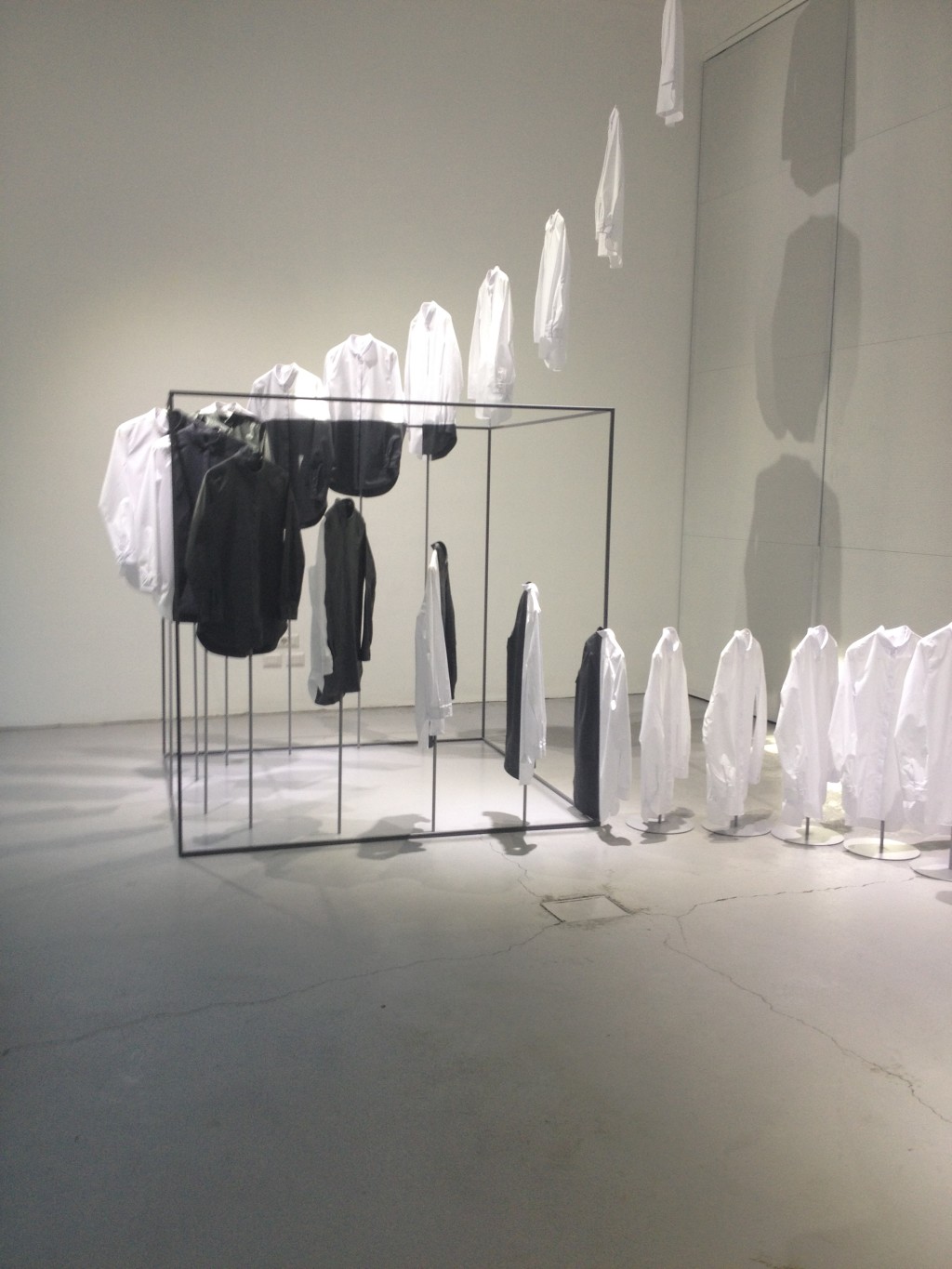
COS X NENDO at Fuorisalone 2014
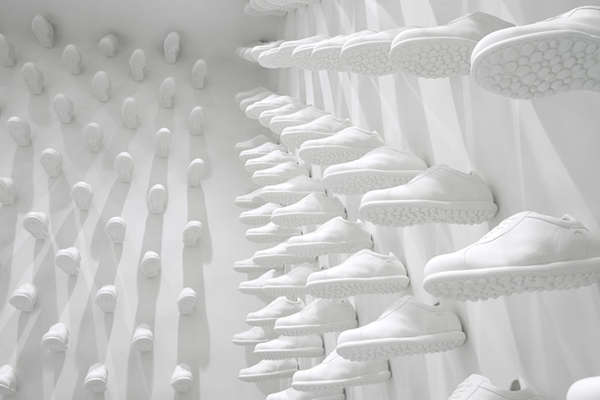
::
READ MY 50 MANGA CHAIRS ARTICLE ON ARCHITIZER HERE

